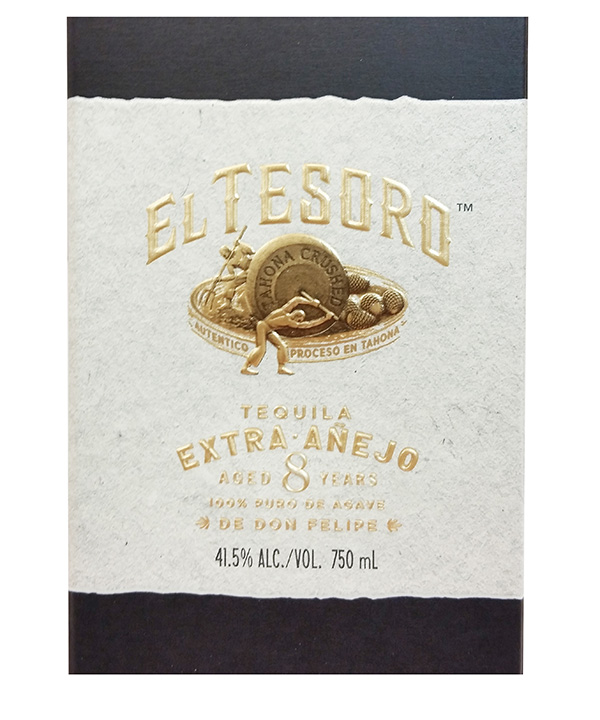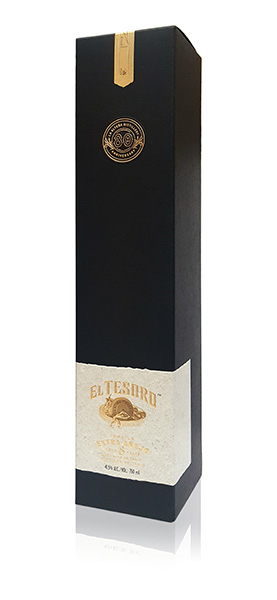
These days, wine and spirits packaging is growing immensely. However, with immense growth comes intense competition and the struggle to stand out in a seemingly saturated market. While interesting bottles and colorful packaging is one way to gain attention, focusing on sustainable solutions regarding your product and packaging is another effective way to entice your target customers. After all, 83% of consumers believed it was “important or extremely important” for companies to create environmentally conscious products, according to a survey by Accenture.
JohnsByrne experts explain several successful ways to create sustainable spirits and wine packaging below.
Use Less Plastic
Using less plastic in your wine and spirits secondary packaging is an effective sustainable solution. There are several ways to use less plastic in your packaging. One thing brands can do is to switch the plastic internal vac trays with corrugated paper options. However, if a brand opts for corrugated paper trays, it is important for them to ensure that these trays are sturdy enough to protect the product. Another sustainable technique is to remove the plastic windowing that is commonly seen in spirits packaging. In place of the plastic windowing, brands can simply design the packaging to have die cut windows. This way, consumers can still view the spirit product within the packaging before purchasing.

Use Eco-Friendly Paper Substrates
While reducing the use of non-biodegradable materials such as plastics is a step in the right direction, wine and spirits brands that are working towards sustainable packaging should also consider using eco-friendly paper substrates. Rather than using virgin paper, which is taken directly from the pulp of trees, using post-consumer waste paper will be more beneficial towards a brand’s environmental footprint. Post-consumer waste paper is recycled paper that is made from previously-used waste and is an ideal sustainable option for folding cartons or other secondary packaging.
FSC®-certified materials are also a sustainable option for wine and spirits brands. Products that have a Forest Stewardship Council® (FSC®) certification have been sourced from responsibly managed forests are made from post-consumer waste, or both.
The product’s path from the forest or from the moment the material is reclaimed (if recycled) to when the product is sold is the FSC® chain of custody (CoC). The CoC includes sourcing, processing, trading, and distribution.
There are different material categories for FSC®-labelled materials, including:
- FSC® 100%: certified products that come entirely from FSC®-certified forests.
- FSC® Mix: FSC® certified products made from multiple sources, including FSC®-certified virgin fiber, controlled wood and/or recycled materials.
- FSC® Recycled: products made with recycled materials only (this includes post-consumer and/or pre-consumer reclaimed materials).
Vat-Dyed Paperboard
Using vat-dyed, or solid color-dyed, paperboard for packaging is another option for brands. With a vat-dyed paperboard, the paperboard color permeates each and every layer of the paperboard. In contrast, with popularly used white boards, the outside layer must be dyed to the preferred color. Therefore, vat-dyed paperboard saves brands time and resources with this part of the design process.
What’s more, vat-dyed stock can be found in uncoated formats. This allows for a more neutral and minimalistic look, which in turn explicitly emphasizes the sustainability of your product in the eyes of the consumer. This stock also provides a canvas to embellish and create a design using embossing, debossing, and foiling. Since many consumers place importance on purchasing eco-friendly products, as well as products that are aesthetically pleasing, they are more likely to be enticed to buy your wine or spirit.
Sustainable Finish & Decorative Options
While minimalist designs are eco-friendly in the fact that less material is usually used, there are sustainable finishes and decorative options that can be used to enhance the design of your spirits packaging.
Sustainable finishes and decorative options come in a multitude of formats. Hot foil, cold foil, and specialty coatings are some of the most versatile and commonly opted for decorative solutions. These materials are all considered to be repulpable and recyclable. Foil-stamping logos, brand names, or images are a simple, yet effective way to catch the eye of a customer.
Another sustainable decorative option for spirits packaging is embossing and debossing. In fact, embossing or debossing a sheet is one of the most sustainable decorative options, since the process consists of stretching the paper stock, rather than using additional materials, such as ink or coating. This solution also incorporates tactile elements to a package, which can further help sell your product.

Create Sustainable Wine and Spirits Packaging with JohnsByrne
For your next wine and spirits project, consult with the team at JohnsByrne. Our experts will help you come up with a design that is sustainable and enticing. Don’t hesitate to contact us!
Related Posts
It’s another wrap on our 12 Days of JB Faves! Hopefully you’ve been following along with our social media posts to see the innovative holiday … ‘12 Days of JohnsByrne Faves’ 2024 Holiday Packaging
We are pleased and honored to announce that we have again received numerous packaging awards at the prestigious Paperboard Packaging Council (PPC) 2024 competition, now … Unboxing This Year’s Award-Winning Innovative & Sustainable Packaging
Consumer demand for “greener” products, as reflected in packaging and their support for environmental regulation, combined with wide-ranging economic benefits for brands looking to make … The Green Packaging Challenge: Think Wholistically
